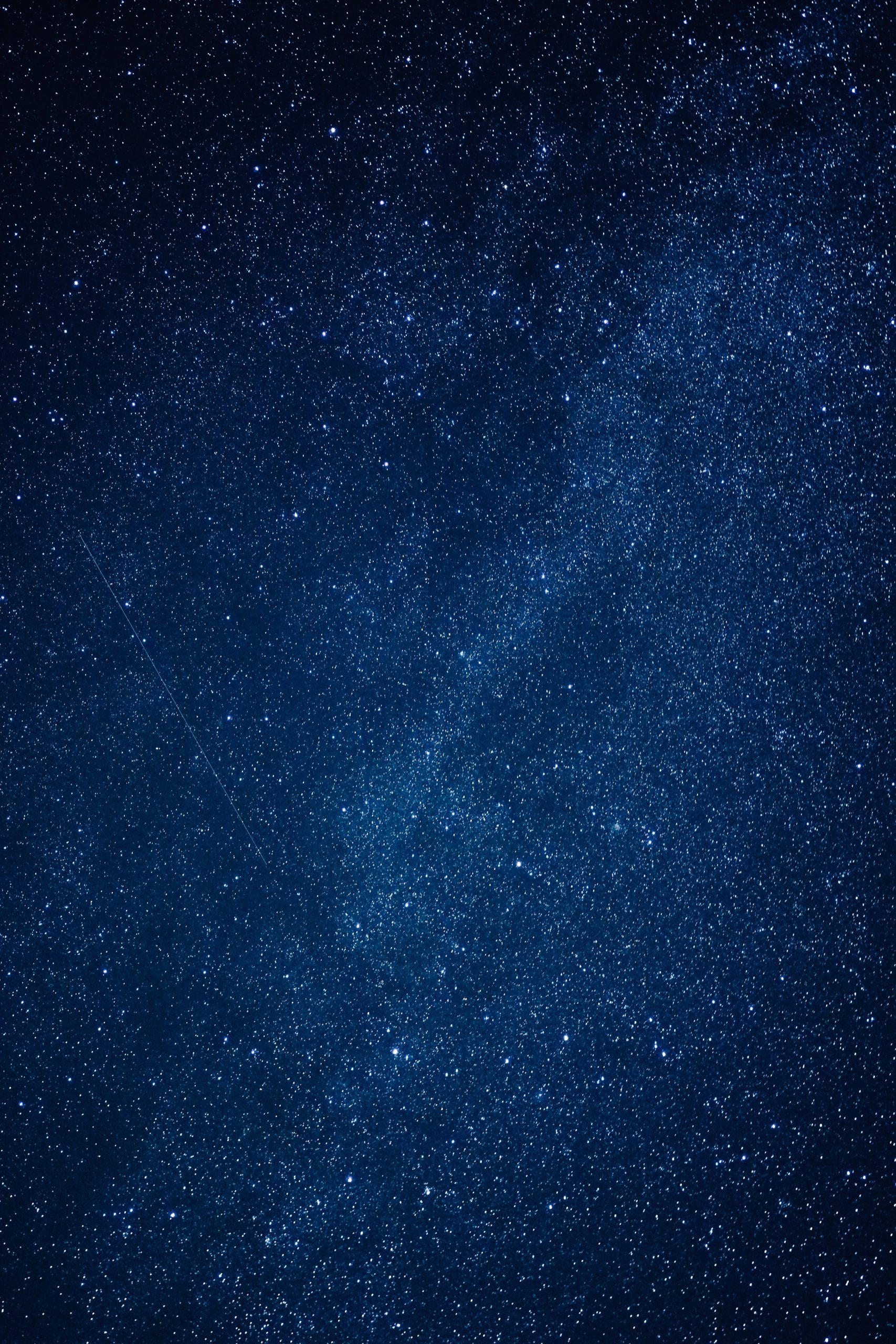Moon Phase Today: Understanding the Waxing Gibbous Phase
As astronomy enthusiasts, we often find ourselves looking up at the night sky, admiring the celestial wonders that surround us. One of the most captivating objects in our sky is undoubtedly the moon. Its ever-changing phases have fascinated humans for thousands of years, and today we’ll delve into one specific phase: the waxing gibbous phase.
The moon has eight primary phases: new moon, waxing crescent, first quarter, waxing gibbous, full moon, waning gibbous, third quarter, and waning crescent. Each phase offers a unique display of the moon’s illuminated portion, providing astronomers and stargazers alike with captivating views and insights into our natural satellite.
What is the Waxing Gibbous Phase?
The waxing gibbous phase occurs between the first quarter and full moon phases. During this phase, the illuminated portion of the moon increases each night as it moves towards full illumination. The term “gibbous” refers to the shape of the moon, which is more than half illuminated but not yet fully round like a full moon.
Unlike the first quarter phase where half of the moon is illuminated, the waxing gibbous phase presents a moon that is more than 50% but less than 100% illuminated. It offers a gradual increase in illumination, displaying its beauty in a way that is different from both the crescent and full moon phases.
Understanding the Waxing Gibbous Moon
During the waxing gibbous phase, the moon appears as a prominent object in the night sky. Its increased illumination allows for clearer visibility, making it an ideal phase for moon observation and astrophotography. This phase gives us the opportunity to witness the moon’s features and appreciate its unique geography in more detail.
As the waxing gibbous phase progresses, the shadows cast by the moon become more pronounced, revealing the varying elevations and textures on its surface. Craters, mountain ranges, and lunar seas, known as Maria, are just a few of the intriguing features that become more visible during this phase.
How to Identify the Waxing Gibbous Phase
Identifying the waxing gibbous phase of the moon is relatively easy, even for casual observers. Here are a few key characteristics to look out for:
- Shape: The moon during the waxing gibbous phase appears almost circular, with a slight noticeable bulge on one side.
- Illumination: More than half of the moon is illuminated, but it is not yet fully rounded like during a full moon.
- Position: The waxing gibbous moon rises in the east in the late afternoon and sets in the west in the early morning, making it visible throughout much of the night.
By considering these characteristics, you can easily spot and appreciate the waxing gibbous phase during a moonlit night.
Interesting Facts about the Waxing Gibbous Moon
Now that we understand the basics of the waxing gibbous phase let’s explore some intriguing facts about this lunar phase:
| Fact | Description |
|---|---|
| Duration | The waxing gibbous phase typically lasts for about one week, as the moon progresses towards becoming a full moon. |
| Lunar Exploration | The waxing gibbous phase has historically been an opportune time for lunar exploration, as the increased visibility allows for better observation and analysis of the moon’s surface. |
| Astrology and Mythology | Throughout history, the moon has been associated with various mythologies and beliefs. In astrology, the waxing gibbous phase is linked to growth, abundance, and manifestation. |
| Glare for Astronomers | For astronomers, the waxing gibbous phase can present a challenge due to the increased brightness of the moon. The glare can make it harder to observe faint celestial objects such as distant galaxies or stars. |
Conclusion
The waxing gibbous phase offers an exciting glimpse into the moon’s transformation as it progresses towards becoming a full moon. Its increased illumination provides stargazers and astronomers with ample opportunities to observe and appreciate the moon’s unique features and geography.
Whether you’re a seasoned astronomer or simply someone who enjoys observing the beauty of the night sky, the waxing gibbous phase is undoubtedly a remarkable sight to behold. Next time you find yourself outside on a clear evening during this phase, take a moment to gaze up at the moon and marvel at the wonders of our cosmic companion.
Table of Contents
